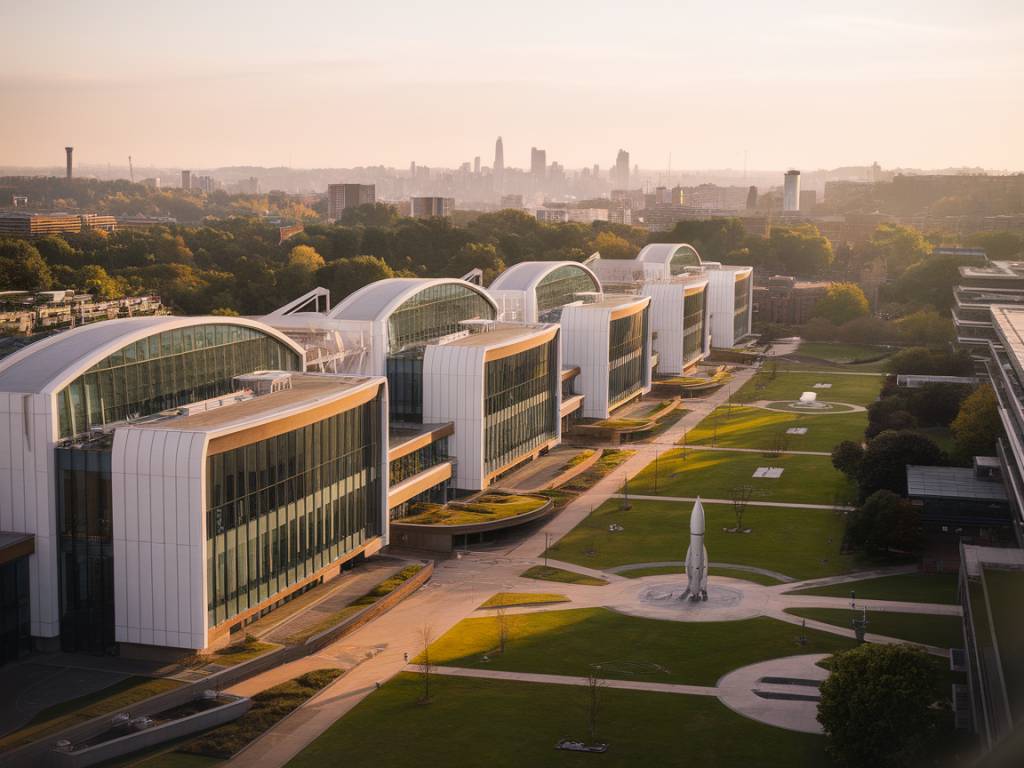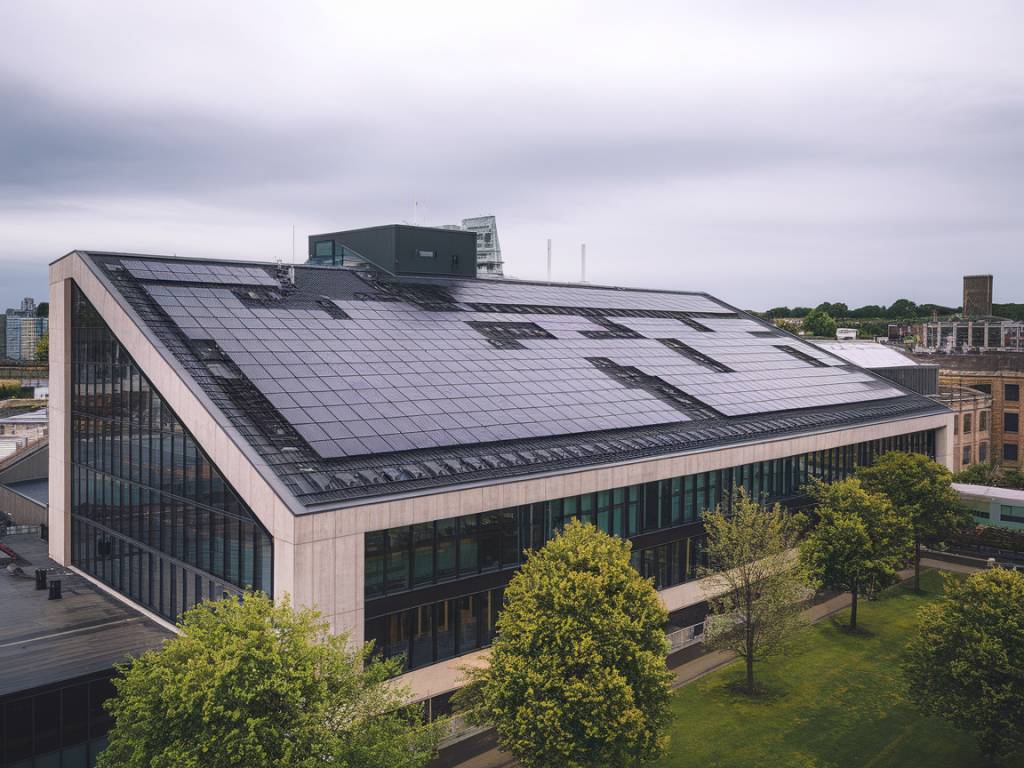Sheffield’s Urban Evolution: Blending Technology and Sustainability
Once a steel powerhouse of the Industrial Revolution, Sheffield is today emerging as a leading example of a smart city in the United Kingdom. Characterised by its commitment to environmental responsibility and digital transformation, the city is pursuing a data-driven approach to urban development, social equity, and economic growth. As the world becomes increasingly urbanised, cities like Sheffield are paving the way for how digital innovation and sustainability can coexist and even reinforce one another.
Smart Cities Defined: Sheffield’s Model
The concept of a smart city typically refers to the use of digital technologies and data to improve quality of life, reduce environmental impact, and optimise urban operations. For Sheffield, the smart city vision incorporates:
- Integrated transportation systems that prioritise low-carbon mobility
- Energy-efficient infrastructure enhanced by Internet of Things (IoT) technologies
- Open data initiatives that promote transparency and civic engagement
- Digital connectivity to bridge the digital divide and foster local innovation
- Environmental intelligence systems for better resource management
These interconnected efforts reflect a broader shift in Sheffield’s post-industrial narrative, where sustainability and resilience sit at the heart of infrastructure planning and community engagement strategies.
Transport Innovation for a Low-Emission Future
Sheffield’s smart mobility framework is one of its most ambitious undertakings. As a city with a long-standing pollution challenge, efforts to upgrade transportation involve leveraging data to reduce traffic congestion, encourage modal shifts, and cut emissions. The implementation of real-time journey planning tools, smart traffic signals, and mobile applications provides commuters with more sustainable travel options.
Additionally, the city’s expansion of cycling lanes and pedestrian zones aligns with its Clean Air Strategy. The introduction of e-bikes, electric buses, and the Clean Air Zone (CAZ) serves to reinforce Sheffield’s commitment to carbon neutrality. The CAZ, launched to restrict the most polluting vehicles from entering the city centre, is an example of how digitised environmental policy can impact both behaviour and emission levels.
Digital Infrastructure and Smart Connectivity
At the foundation of Sheffield’s digital transformation is an investment in smart infrastructure. The city has promoted full-fibre broadband deployment with the support of private-public partnerships such as the Superfast South Yorkshire initiative. By enabling reliable high-speed internet, Sheffield supports both its residents and businesses in participating in the digital economy.
Internet of Things (IoT) devices are being deployed across public infrastructure to monitor energy use, traffic density, and municipal service efficiency. These connected sensors inform real-time decision-making and predictive maintenance strategies for public assets—reducing downtime, saving resources, and improving safety. This tangible application of smart technology demonstrates the city’s ambition to derive actionable intelligence from big data.
Sustainable Energy and Green Technologies
Parallel to its digital ventures, Sheffield is positioning itself as a centre for renewable energy and green technologies. The city is home to several research hubs focused on sustainable engineering, including the University of Sheffield’s Advanced Manufacturing Research Centre (AMRC), which collaborates with companies like Boeing and Rolls-Royce.
On the ground, Sheffield City Council has invested in installing solar panels on public buildings, upgrading insulation across social housing, and trialling innovative energy storage systems. These smart energy solutions underscore a dual focus: improving energy efficiency and reducing overall emissions while maintaining economic viability for residents and local organisations.
Data-Driven Governance and Citizen Engagement
A defining characteristic of Sheffield’s smart city evolution is its emphasis on open data and participatory governance. The city has created digital platforms that allow residents and local businesses to access real-time information on public services, environmental quality, and urban planning initiatives. This transparent approach strengthens civic trust and encourages public participation in shaping neighbourhood developments.
The Sheffield City Dashboard, an open-access online tool, enables stakeholders to track metrics related to traffic flow, pollution levels, energy usage, and even hospital occupancy rates. Local authorities are also experimenting with predictive analytics to anticipate social care needs and better allocate resources.
By connecting residents to information and providing opportunities to contribute feedback digitally, Sheffield is redefining how civic services are delivered and evaluated in the digital age.
Digital Economy and Innovation Ecosystem
Digital transformation is also fuelling Sheffield’s economic regeneration. Once dependent on heavy industry, the city now boasts a growing tech and startup ecosystem. Initiatives like the Sheffield Digital coalition and support from incubators such as Kollider and the Digital Media Centre are encouraging investment in fintech, healthtech, edtech, and software development.
Government-backed schemes, including the South Yorkshire Mayoral Combined Authority’s digital strategy, aim to position Sheffield as a regional tech hub. By investing in skills training, providing grants for digital businesses, and fostering collaboration between universities and enterprises, Sheffield is nurturing a digitally fluent workforce capable of powering long-term economic resilience.
Sustainability as a Cornerstone of Urban Planning
Sustainable urban development remains central to Sheffield’s transformation into a smart city. The city’s strategic framework outlines plans for green building certifications, resilience planning, and nature-based solutions like green roofs, urban tree planting, and flood mitigation systems.
Urban planners employ Geographic Information Systems (GIS) to assess spatial data—for example, identifying heat island effects, flood risk zones, and public transport accessibility. This spatial intelligence guides zoning decisions and infrastructure investments that align with climate adaptation goals.
In addition, community-led sustainability initiatives, such as the Heeley City Farm and Regather cooperative, illustrate how grassroots efforts can complement top-down smart city strategies. These programmes promote local food production, biodiversity, and social inclusion—principles that often serve as real-world anchors for digitally driven urban agendas.
The Road Ahead: Challenges and Opportunities
Despite significant progress, Sheffield faces challenges in fully realising its smart city potential. Issues such as data privacy, digital inclusion, and funding continuity require ongoing attention. Ensuring that all citizens—from disadvantaged communities to the elderly—benefit from the digital shift remains a priority for inclusive growth.
Nonetheless, the city’s approach is gaining recognition. Sheffield’s blend of technology, sustainability, and community-focused policy marks it as a blueprint for similarly sized municipalities navigating post-industrial transitions. As government bodies, researchers, and businesses converge on urban innovation, Sheffield continues to demonstrate how digital infrastructure can serve the public good while supporting long-term environmental and economic sustainability.
As cities across the globe seek to reconcile growth with sustainability, Sheffield’s data-centric, citizen-driven and environmentally conscious approach offers a compelling and replicable model. Its journey reflects the broader shift toward smart, sustainable urban futures that balance innovation with human value and ecological health.




